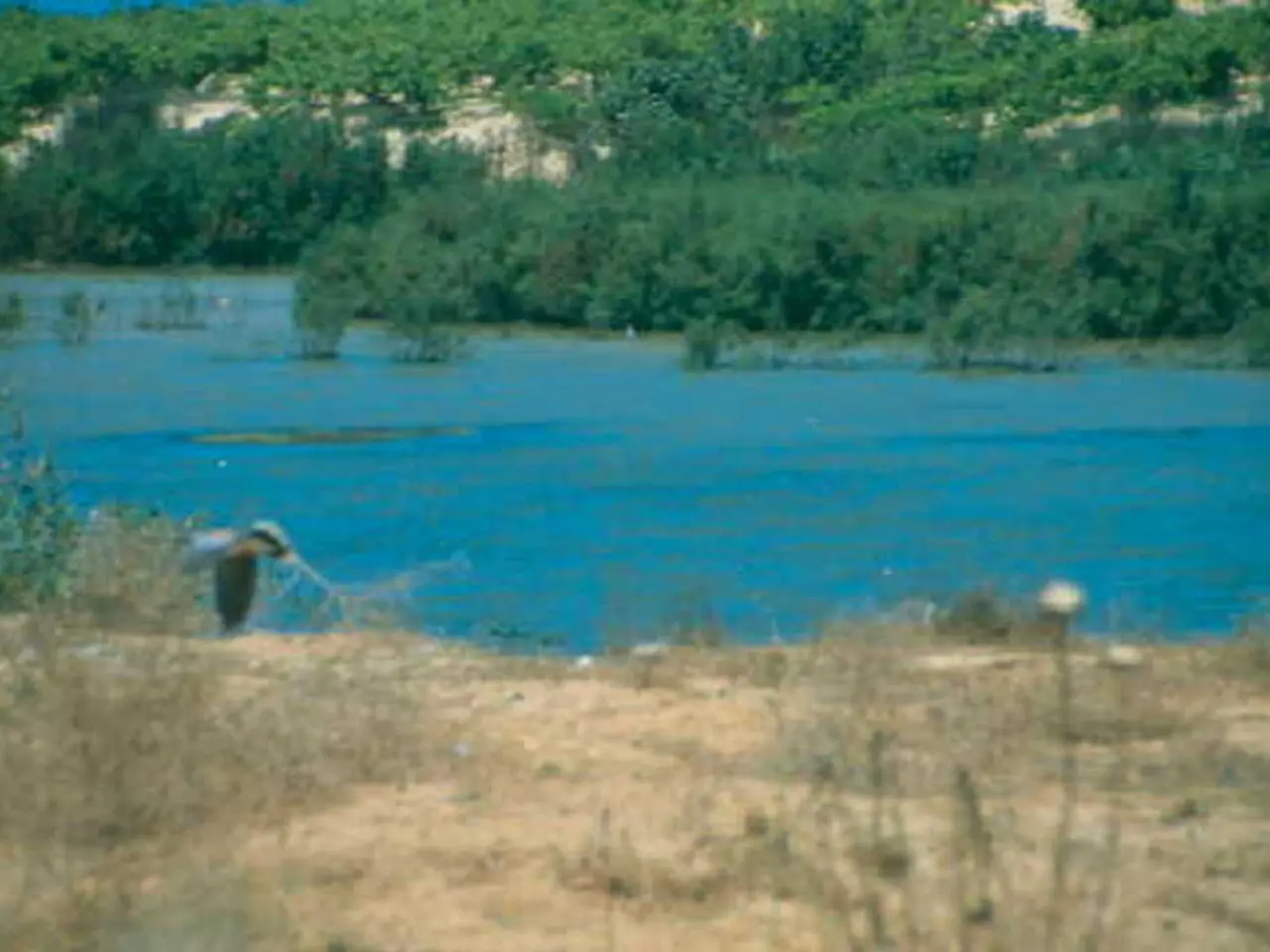Readying Ground for Rhododendrons: A Detailed Step-Wise Instruction
In the vibrant world of gardening, few plants captivate our imagination quite like the rhododendron. Known for their stunning blooms, these plants thrive in specific soil conditions. Here's a comprehensive guide on how to create the ideal soil environment for these beautiful shrubs.
First, it's essential to understand your soil's drainage. Testing soil drainage involves digging a hole about 12 inches deep, filling it with water, and timing how long it takes to drain. Ideally, water should drain within 30 minutes to 2 hours. Slower drainage indicates poor soil drainage that needs improvement.
To improve soil structure and drainage, organic matter such as compost, well-rotted manure, or sphagnum peat moss is an excellent choice. These materials increase porosity and aeration, allowing excess water to drain efficiently while retaining enough moisture for rhododendrons. Peat moss, in particular, acidifies the soil, creating an optimal pH (about 4.5 to 5.5) which rhododendrons prefer and encourages healthy root development.
For sites with persistent drainage issues or heavy, clayey, or waterlogged soils, creating raised beds is an effective solution. Raised beds elevate the root zone above the water table, improving aeration and preventing roots from sitting in waterlogged soil. Build raised beds with a mix of native soil amended with ample organic matter to achieve loose, well-drained planting conditions.
Additional practices to support soil drainage include installing French drains or other underground drainage systems to divert excess water away from planting areas if waterlogging is severe. Mulching heavily can also help reduce surface evaporation and maintain steady soil moisture without water accumulation. Avoid compacted soil areas where drainage is naturally poor; aerate soil with a garden fork if needed.
When preparing the soil for rhododendrons, it's crucial to test the pH level and make necessary amendments. A pH level between 4.5 and 6 is ideal for these plants. To improve aeration and drainage, a 50% ratio of organic matter is encouraged as a soil amendment. Inorganic materials such as perlite, vermiculite, or small-diameter lava rock can also be added to the soil to improve drainage.
It's important not to plant rhododendrons too deeply. The hole should be no deeper than the root ball. Mycorrhizal fungi can also help protect rhododendron roots from harmful soil pathogens and increase the surface area of roots, allowing for better nutrient absorption.
By following these guidelines, you'll create the well-drained, acidic, and nutrient-rich soil environment that rhododendrons need for healthy growth. Happy gardening!
Maintaining a nourishing home-and-garden lifestyle includes creating a suitable living space for rhododendrons. To fulfill this, it's essential to ensure the soil has proper drainage by improving its structure through the addition of organic matter like compost, well-rotted manure, or sphagnum peat moss, which promotes aeration and efficient water drainage. In cases where drainage issues persist, constructed raised beds may be advantageous to rectify the situation.




